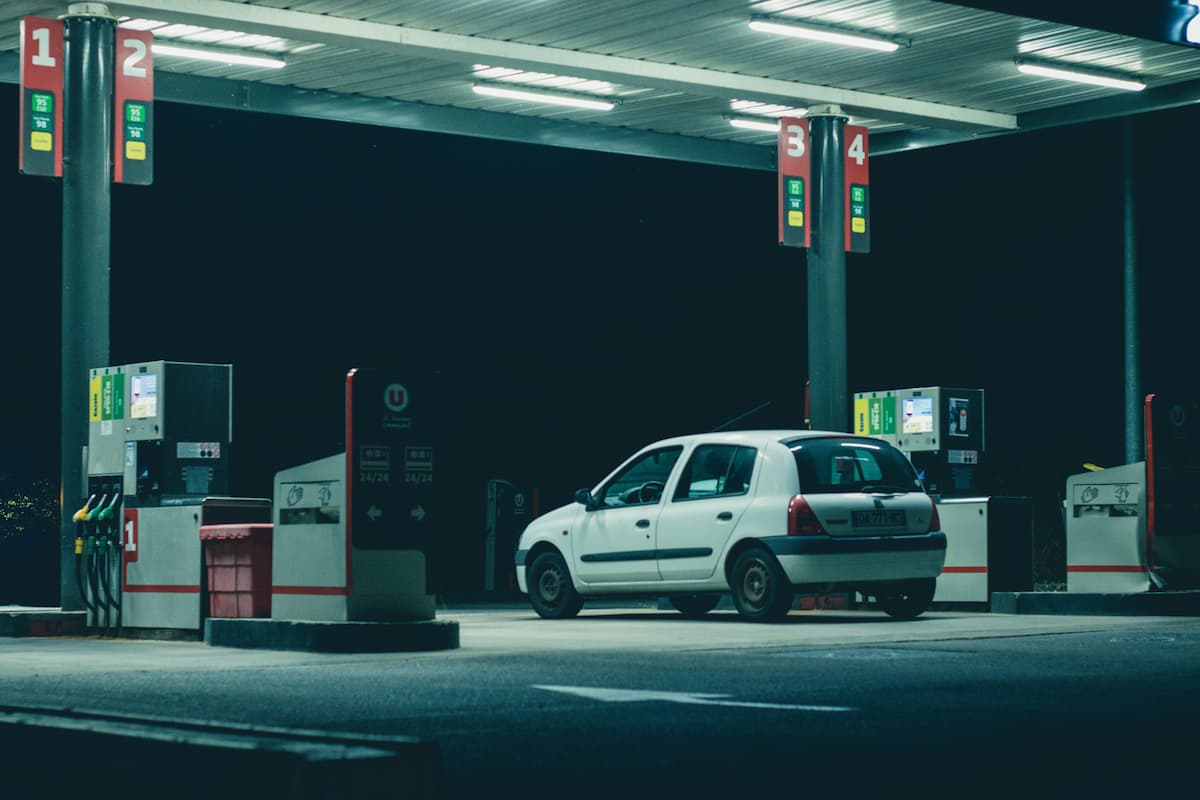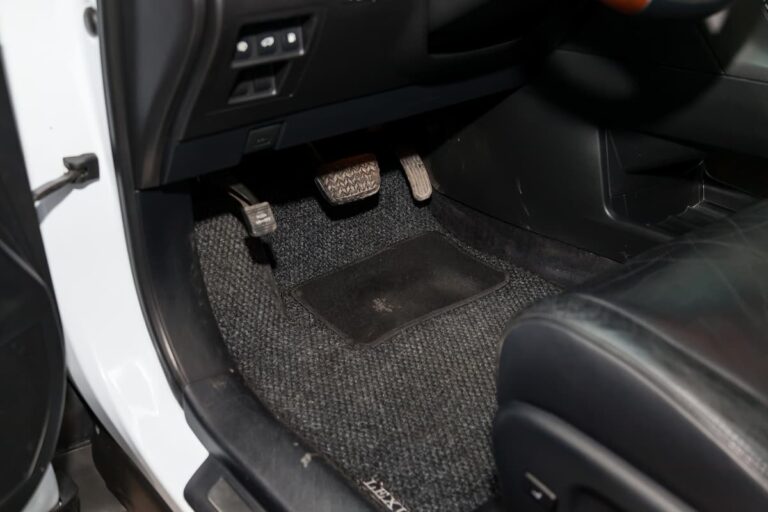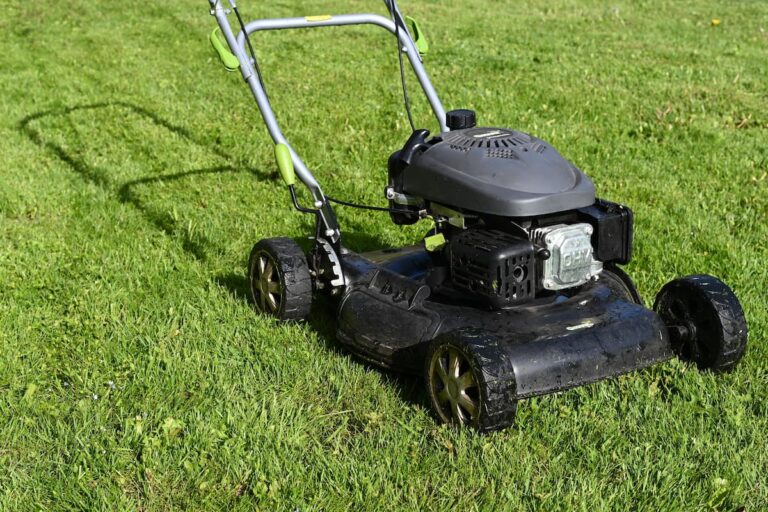Why Won’t A Car Start After Getting Gas?
You’re at the gas station, and you just filled your tank, but you turn the ignition, and nothing! Your car won’t start.
It doesn’t make sense – you drove to the gas station – so what happened to your vehicle in the 10 mins it took to get gas? Unfortunately, this issue is common, and the root causes vary wildly.
One reason your car won’t start after getting gas is a stuck purge control valve. If the valve remains open, excess fuel vapor floods the engine. Various other things can prevent your car from starting after refueling, including a broken alternator, restricted fuel injectors, a dead battery, and a damaged fuel pump.
The first thing you should do if your car won’t start is check your battery connections.
If they’re secure, try jump-starting the vehicle. If that doesn’t work, you may have a deeper problem and should call roadside assistance to tow your car to a mechanic.
Reasons Your Car Won’t Start After Getting Gas

Several issues cause an engine to fail after refueling. The following are the most common.
1. Stuck Purge Control Valve
The purge control valve is part of the Evaporative Emission Control (EVAP) system. This setup helps prevent engine overheating and the release of harmful fuel emissions into the atmosphere.
The valve connects to the engine’s computer, so when the engine is inactive, the valve closes. When the vehicle is running, the valve opens.
The EVAP system captures emissions from the fuel tank and relocates them into a charcoal canister.
An open purge control valve “purges” a specific amount of these emissions to the engine for burning. It’s an efficient way to control fuel vapor in the system, but excess emissions will flood the engine if this valve is stuck open.
If the engine is flooded, the car won’t start.
Luckily, the problem has a quick fix.
Press the accelerator for about ten seconds to allow additional oxygen through the throttle body. This will help combust surplus emissions.
However, the accelerator trick is only a temporary solution. For a long-term fix, you should replace the purge control valve.
The removal process involves four critical steps:
- Disconnecting the engine vacuum hose from the canister purge valve.
- Disconnecting the air intake pipe.
- Disconnecting the harness from the purge valve.
- Removing the vapor canister purge valve.
Follow these steps in reverse order to install the new valve.
2. Battery Problems
Your battery is likely the issue if your vehicle is old or second-hand. Battery issues involve either a dead battery, a corroded battery, or a discharged battery – a situation more common when the battery hasn’t been replaced in a while.
If you got your vehicle from another owner, you might have inherited a battery with charging issues or one nearing its end. The battery may also have loose or corroded terminals, which prevent normal functioning.
To diagnose the issue, boost the battery and test the alternator.
A telling sign of a faulty alternator is if you can start the engine, but it turns off immediately. Other indicators include dimming lights and a growling sound under the hood.
On the other hand, a dead battery will allow your car to run after a jump-start but doesn’t allow it to start using its own power.
You should get a replacement if you’re sure the issue is a dead battery.
To prevent inconveniences in the future, use best practices to increase your battery life.
Avoid driving short distances, as your battery can’t achieve a full charge if the car doesn’t run for long enough. Others include turning off the lights after exiting the vehicle; minimizing the use of electronics when the engine is off; and performing regular tests.
3. Clogged Fuel Filters
Insufficient fuel in your cylinders won’t prevent your car from starting when you turn the ignition, but it will cause the engine to die after a few seconds.
One of the reasons fuel isn’t getting to the cylinders may be the accumulation of debris, resulting in engine sludge.
Running low on gas can also contribute to clogged filters, especially if the tank is close to empty.
Sediments that settle at the bottom of the gas tank aren’t that big of an issue. However, your pump can draw in this residue if you have a low amount of fuel.
Because the debris can’t pass through the fuel filter, the system clogs up, preventing the screening and transport of new fuel.
The first cause of action is to confirm whether fuel filters are the culprits.
If clogged filters are indeed the problem, testing the fuel pressure is enough to let you know. Depending on their condition, you’ll either need to clean or replace them.
Car manufacturers recommend replacing your fuel filters after a specific amount of time. For most cars, that’s every two years or after 30,000 miles (48,280 km).
Using high-quality fuel is also recommended, as it has fewer sediments.
That said, the accumulation of debris is still inevitable, even with high-quality gas. It may take longer before it becomes a severe issue, but it still comes up, and you’ll have to routinely replace your filters regardless.
4. Weak Spark
Spark plugs ignite the gasoline/air mixture in the combustion chamber. A lack of spark can disrupt combustion and cause the engine to misfire.
Even one failing plug can cause problems in your engine, but it isn’t the only cause of insufficient spark.
Cracked porcelain, a faulty ignition wire, a bad distributor cap, a flooded engine, and weak electrodes all cause spark deficiency.
The quickest way to know if you have a weak spark is to inspect the distributor cap. If it looks damaged or seems loose, it’s likely the problem.
You can also use an adjustable spark tester to test whether incomplete combustion is the issue. Here’s how you test the ignition spark:
- Disconnect the battery’s negative terminal and unplug the spark wire of the plug you intend to test.
- Adjust the tester to 30KV, as most vehicles require 30KV for spark plugs to ignite the gasoline/air mixture.
- Plug the tester boot into the spark plug. You’ll know it’s firmly in place when you hear a click sound.
- Plug the tester itself into the boot. Also wait for a click sound.
- Connect the spark plug wire to the opposite end of the tester.
- Reconnect the battery’s negative terminal and turn on the ignition. Have someone monitor the tester.
- An inconsistent flashing light on the tester shows if you have a spark problem.
If the tester had a consistent light throughout the test, check if a flooded engine is a reason for a weak spark. To do so, replace your plugs and restart your engine.
If the problem persists, take your vehicle for repair.
5. Defective Fuel Pump
As long as your engine is on, your fuel pump is active. It constantly transports fuel from the fuel tank into your engine’s combustion chamber – a repetitive process that can lead to quick deterioration.
If your pump dies, your vehicle won’t run.
There are various DIY methods to diagnose a fuel pump, but listening for a buzzing sound is the most popular one. If you can’t hear the sound, you have a bad pump.
- Open the fuel door
- Remove the fuel cap
- Turn on the engine
- Listen for the buzzing sound.
This process works for specific vehicles but isn’t reliable for others, so the best solution is to take your car to a mechanic. If the pump is the problem, you may need to replace it.
Conclusion
There are five primary reasons your car won’t start after getting gas:
- A stuck purge control valve
- Battery problems
- Clogged fuel filters
- A weak spark
- A defective fuel pump.
Whichever it may be, rest assured that there are solutions for all of them.
Still, you may need to pay attention to routine maintenance – most problems are avoidable if you do.
If you’re diagnosing car trouble on your own, refer to your owner’s manual and be sure you’re familiar with the process. The last thing you want is to make the problem worse and potentially more costly to fix.






